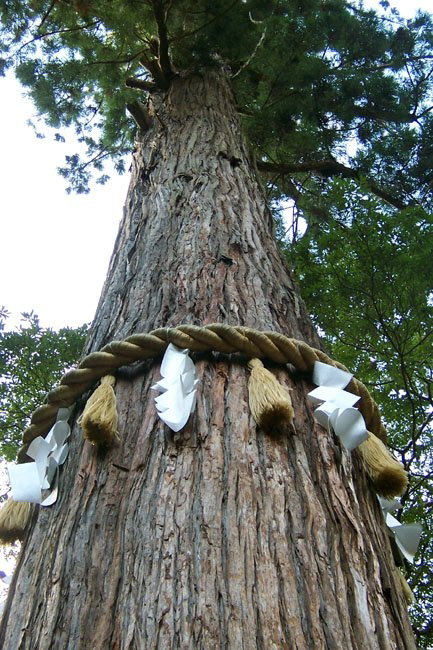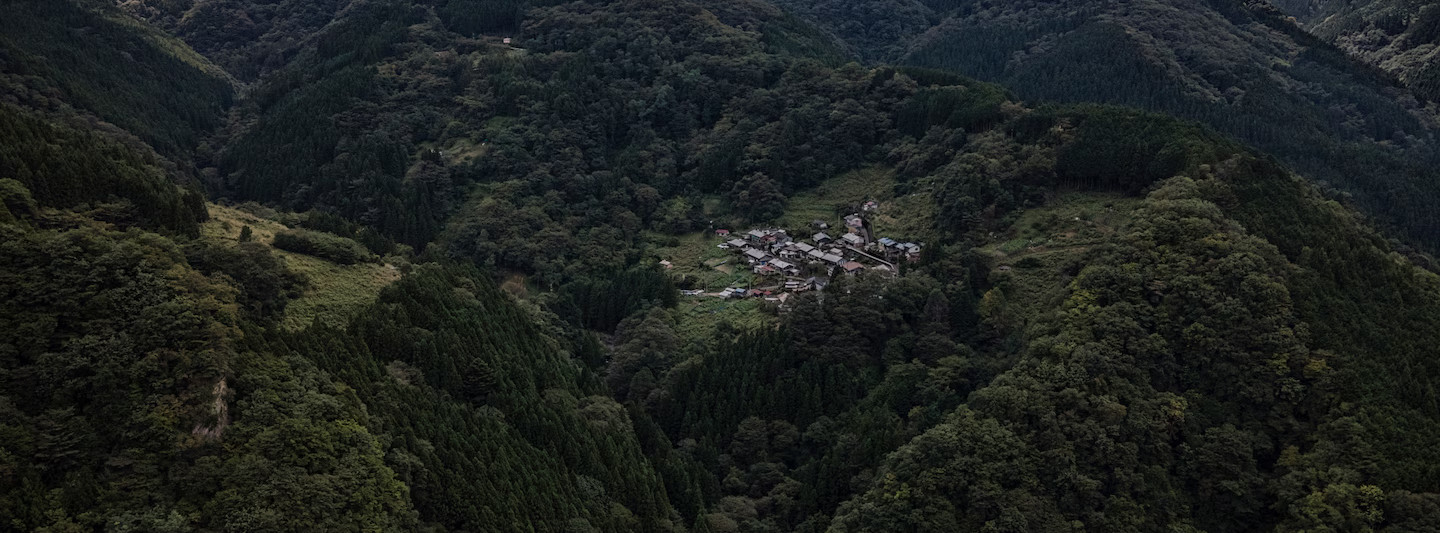The echo of footsteps carried far in the forest silence: I felt the gaze of hundreds of Kodama spirits upon me...
神靈山林之中,社寺立於巨木之下,為祭祀之地
"In the spirit-filled mountains and forests,
temples and shrines stand beneath giant trees,
serving as places of worship."
- Nihon Shoki, Nara, 720 AD.

Their presence is expressed not only in positive aspects—as guardians of the forests and a source of life-giving energy—but also in the darker tones of legend. Stories tell of powerful curses cast upon those who dared to harm a tree inhabited by a Kodama, which could lead entire communities to downfall. This serves as a warning against the disregard for the sanctity of nature, characteristic of the Japanese approach to the environment.

Ever felt in the forest that the echo is too strong, too long, carrying too far? It's a sign that you have entered Kodama territory. Slow down and look around for figures hidden among the trees—or stop and read, for in today’s article, we will take a closer look at who Kodama are, their origins, and their significance in the context of Japanese spirituality and culture. We will explore their varied appearances and even delve into two legends about Kodama in more detail.
 Etymology and Meaning of "Kodama"
Etymology and Meaning of "Kodama"
The etymology of the word "Kodama" is deeply connected to the significance that trees hold in Japanese culture and folklore. The name is written using various sets of kanji characters, each influencing the interpretation and symbolism of the term.
Meaning Depending on the Writing
木霊 (Kodama) – the most commonly used kanji, consisting of the characters for "tree" (木) and "spirit" (霊). In this combination, Kodama are portrayed as spirits or souls of trees, the most basic and common meaning.

古多万 (Kodama) – used less frequently, composed of "old" (古), "many" (多), and "ten thousand" (万). This form may refer to ancient and numerous tree spirits, emphasizing their age and vast numbers.
Each set of kanji carries a different layer of meaning, but all emphasize Kodama's inseparable connection to trees and the forest. Trees in Japanese culture are often seen as sacred, and their spirits as present and influential. Especially old and impressive trees are considered homes for spirits and play a central role in many Shinto rituals.
The word "Kodama" is also phonetically identical to the Japanese word for "echo" – "こだま" (kodama). This association has its roots in folklore, where it is believed that echoes in mountains and forests are the voices of Kodama.
History of Beliefs about Kodama
Beliefs in Kodama, the tree spirits, are one of the forms of Shinto beliefs in kami, or spirits or gods. The origins of these beliefs date back hundreds of years, and their development and evolution are a testament to the changing dynamics between humans and nature in Japan.
 First Mentions
First Mentions
Kodama originally appear in the oldest Japanese chronicles and records. The first known references to tree spirits (albeit under a different name) are found in the "Kojiki" and "Nihon Shoki", where they are described as spirits inhabiting trees and other natural objects. In fact, these beliefs are even older, rooted in the times before the introduction of writing in Japan, when culture was primarily based on oral transmissions.
One of the earliest written sources that may refer to ideas similar to those of Kodama is considered to be works such as the "Man'yōshū" (The Oldest Collection of Japanese Poetry), which was completed in the 8th century. This work describes spirits and phenomena associated with trees, which can be interpreted as early representations similar to Kodama, although the name "Kodama" is not used explicitly.
Regional Differences in Beliefs
Beliefs in Kodama, like many other aspects of Japanese culture, can vary by region. Examples of regional differences in the perception of Kodama include:
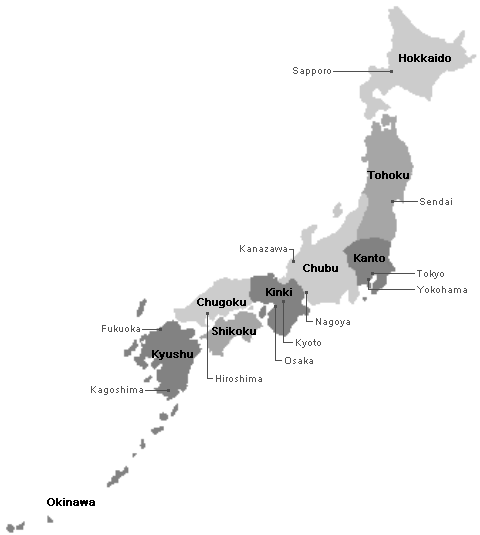
□ Kinki Region – In areas such as Nara and Kyoto, with a rich history linked to Shinto and Buddhism, Kodama are seen as more free-spirited entities that can move between trees. People in these areas may view Kodama as forest guardians whose presence ensures the health and growth of the trees.
□ Izu Islands and Aogashima – On these isolated islands, residents have particularly strong beliefs in the existence of Kodama, which serve both as guardians of individual trees and entire forests. Here, Kodama are often honored through local festivals and rituals intended to ensure protection and prosperity for communities dependent on forests.
□ Okinawa – On this subtropical archipelago, local beliefs diverge from those known on the main islands of Japan. Kodama here are identified with other local nature spirits that have strong ties to the island’s unique ecosystems.
Kodama in Literature and Art
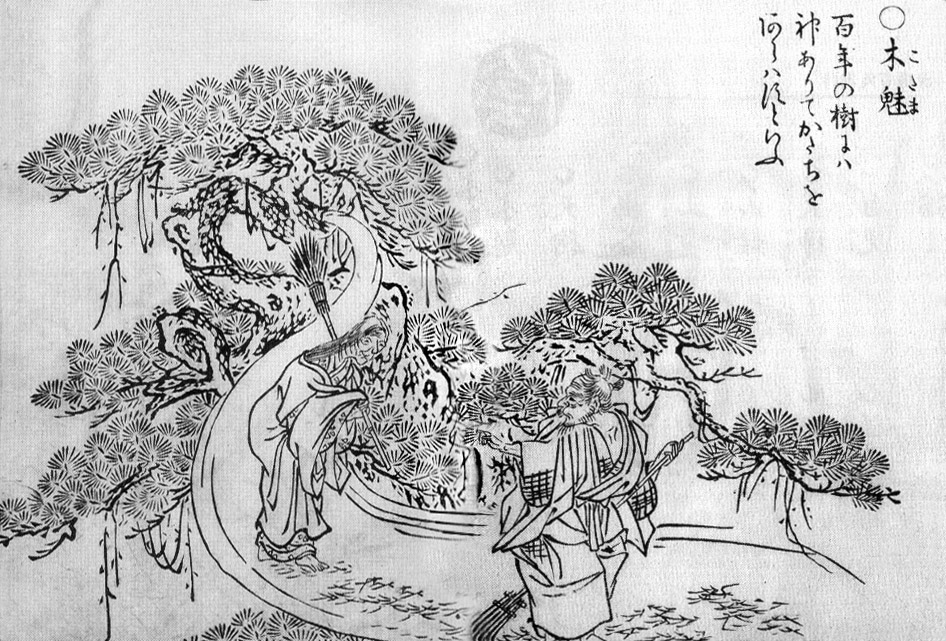
In visual art, particularly during the Edo period (1603-1868), these spirits were often depicted in ukiyo-e woodblock prints, which portrayed scenes from everyday life but also included mythological and religious motifs. The artist Toriyama Sekien, in his collections of yōkai, presented Kodama in human form beside trees, showing how these beings were perceived as close to humans yet mysterious and extraordinary.
Legends of Kodama
 The Story of the Vengeance of the Cedar Groves of Aogashima
The Story of the Vengeance of the Cedar Groves of Aogashima
On the remote, volcanic island of Aogashima, located in the Izu Archipelago, local residents have for generations told the story of Kodama, tree spirits that guard the ancient Japanese cedars (Cryptomeria japonica, 杉). The island, known for its inaccessibility and mystique, conceals within its cedar forests spirits that, according to beliefs, are vitally linked to the survival of the entire community.

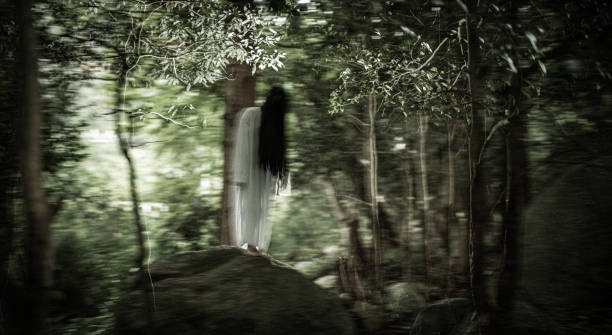
Enchanted and transformed by the encounter, Takeo dedicated the rest of his life to protecting the cedars. He established local rituals aimed at honoring and protecting Kodama. The most important of these was the Kigi Matsuri (木神祭り), during which island residents circled around the largest and oldest trees, wrapping them with shimenawa (注連縄, literally "festive ropes of the tree spirits") – sacred ropes that marked the sacred nature of these places.
Takeo also taught younger generations respect for nature. He told them stories about Kodama, teaching how to recognize signs of their presence – from the rustling of leaves, through unexpected gusts of wind, to echoes that seemed too long to be natural.
For years, the island's residents lived in harmony with nature, respecting the ancient cedars and the spirits that inhabited them. However, one day, this peace was brutally disrupted.
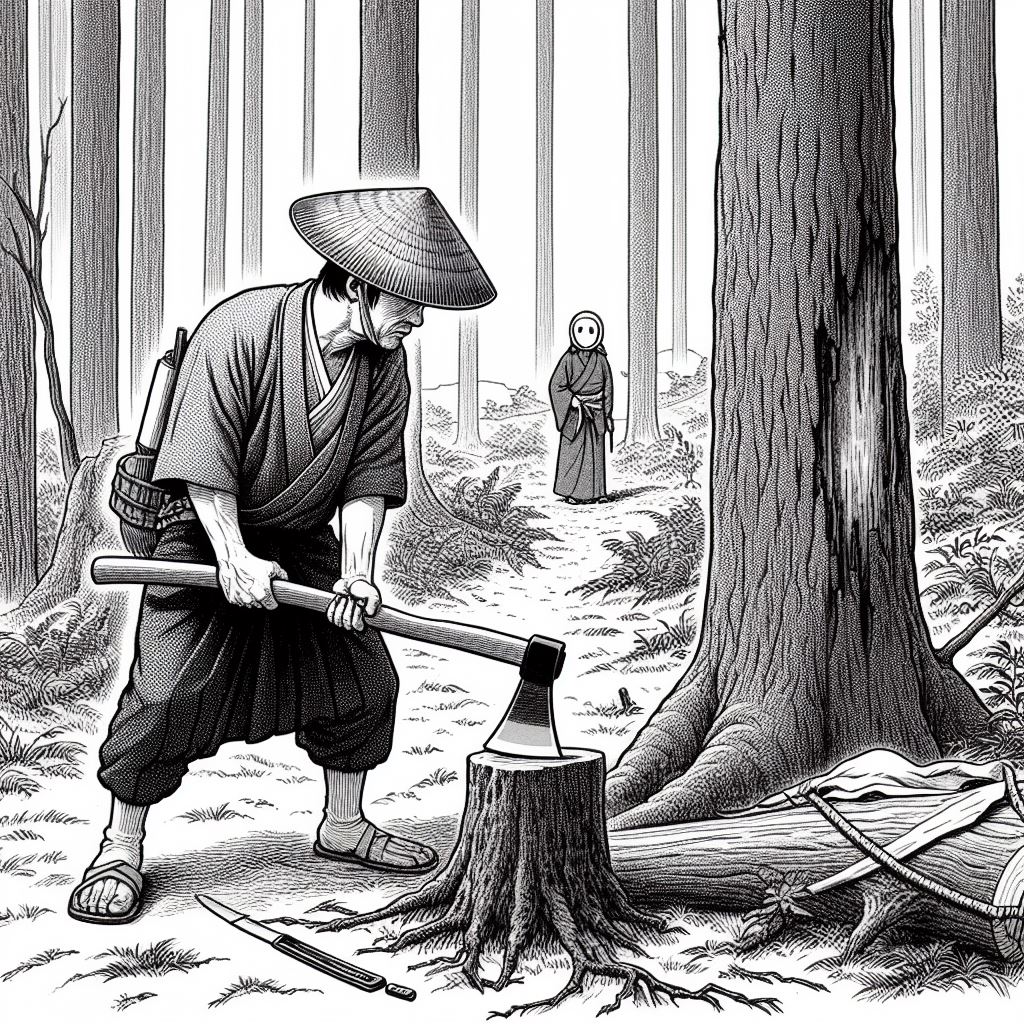
Despite the warnings of the residents and the stories about Kodama, Sato ignored local customs and began logging. On the first day, his men cut down several trees, nothing special seemed to happen, so they mocked the old superstitions about tree spirits.
That evening, unprecedented storms swept over the island. The wind raged so fiercely that it destroyed many homes, and torrential rain flooded all valleys and hollows on the island. The noise of the wind and hail caused the earth to slide, cliffs to collapse, and mud mountains catastrophically destroyed more homes.
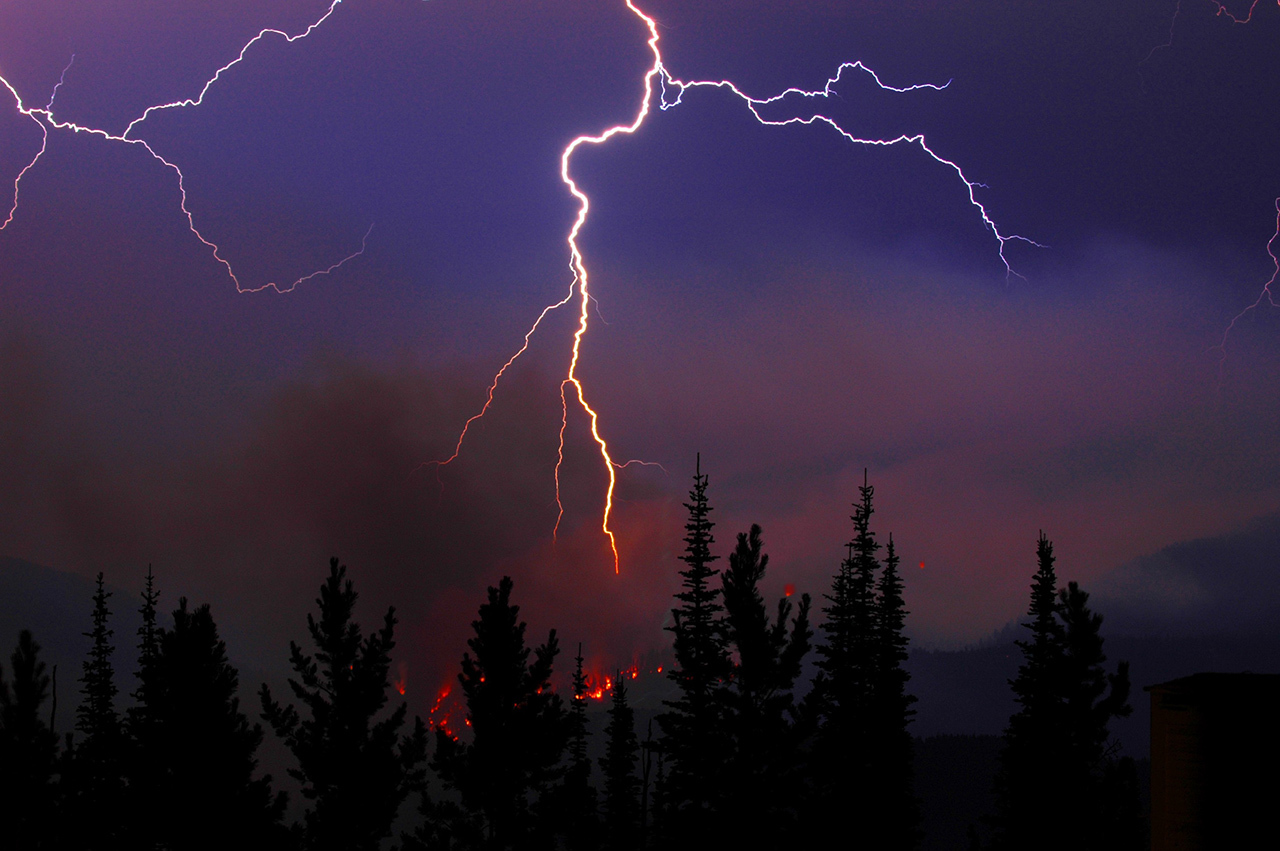

As he incredulously approached this unlucky tree, he heard his footsteps echoing far into the forest. The echo was very loud, unrealistically far-reaching. It made his throat dry with fear.
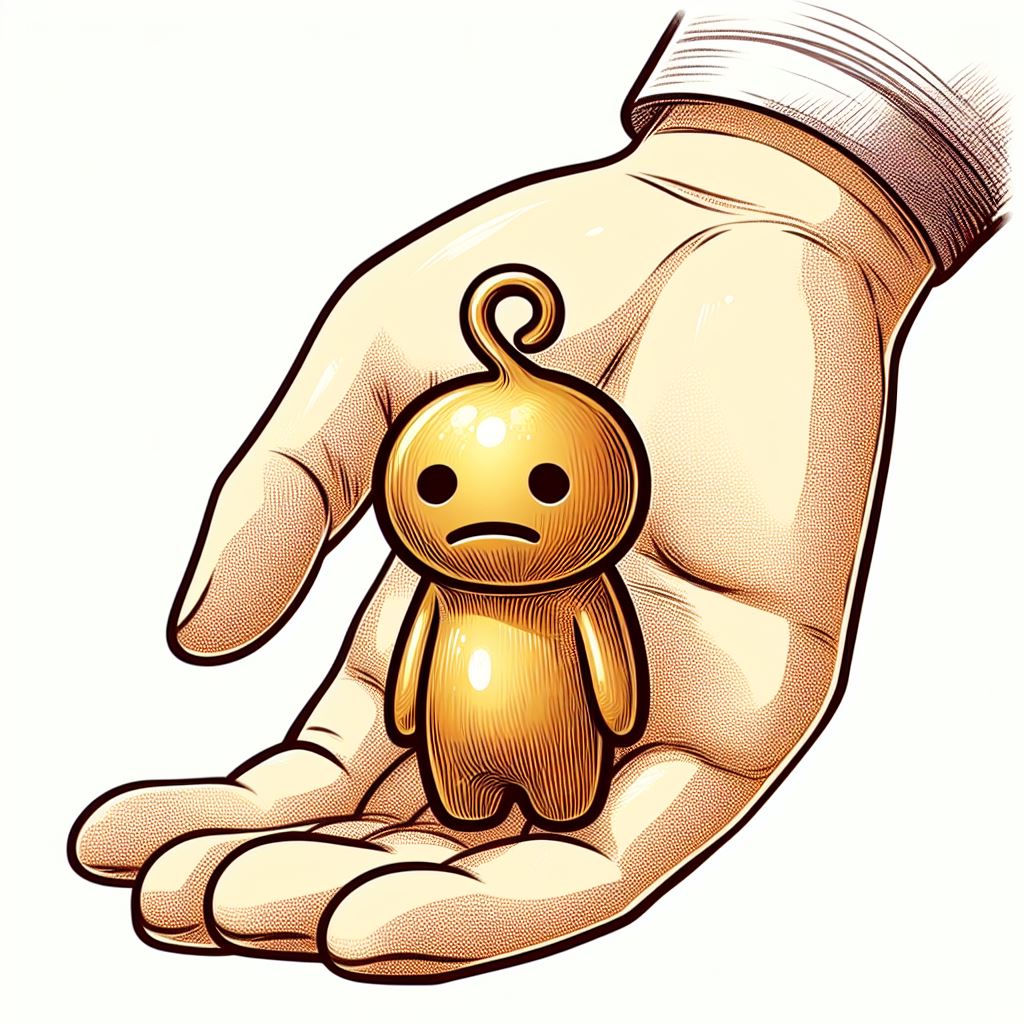
In the following years, Sato remained on the island, transforming his enterprise into an initiative for the protection of the sacred cedar forests, focused on the renovation and maintenance of Aogashima's forests. The legend of his conversion and dedication to serving the Kodama became another important chapter in the island's history, emphasizing that even those who once harmed can change and contribute to the protection and respect for nature.
The legend of the Kodama from Aogashima is passed down from generation to generation as a warning against human arrogance towards nature, as well as a tale of deep harmony between people and the natural environment.
The Legend of the Cursed Tree from Mitsune
Village of Mitsune
Deep in the mountainous village of Mitsune, hidden by dense mists and centuries of forgetfulness, grew an ancient tree. The locals called it "Samidare" (五月雨), which means "May rain," because its leaves seemed to fall precisely on the first rainy days of spring. However, despite its beauty, Samidare was surrounded by local legends warning of its dark powers.
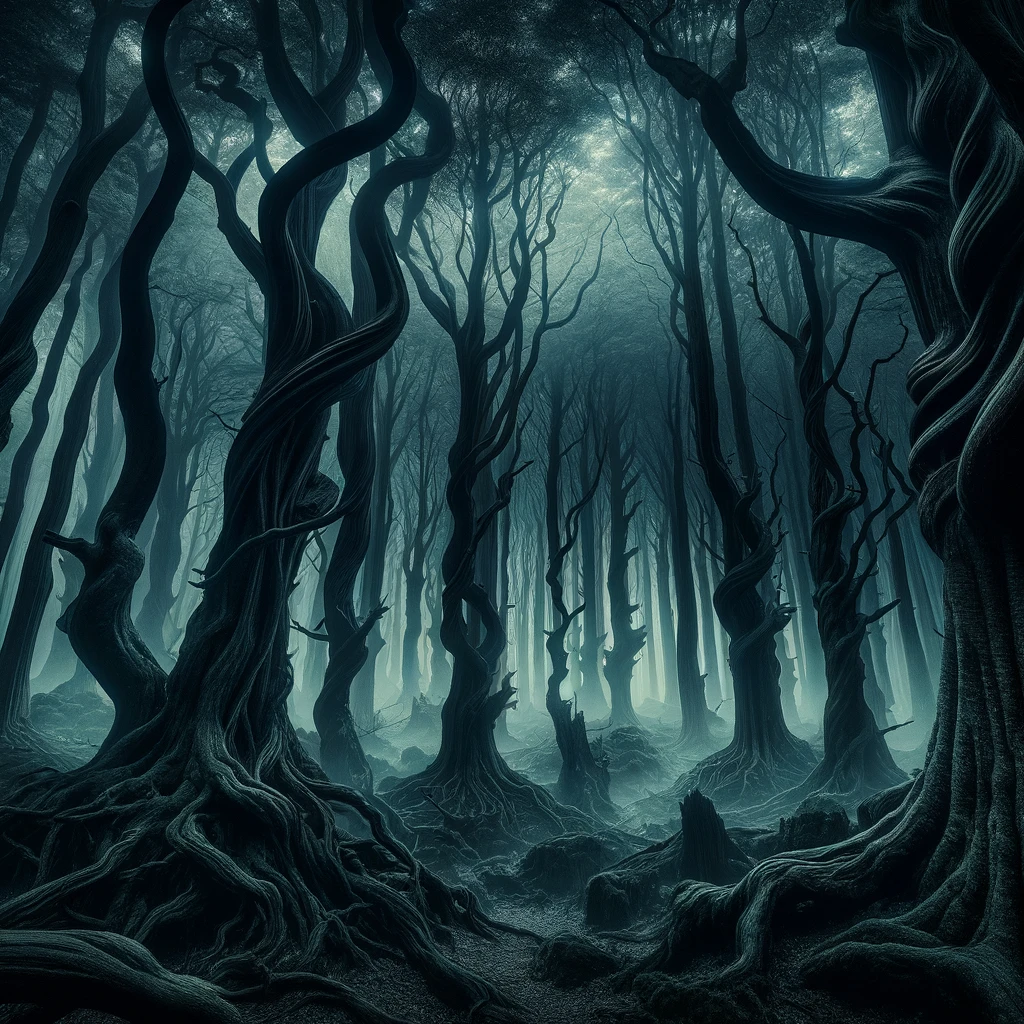
As the situation intensified, there was a real risk that famine would consume all the crops, and disease would decimate the entire population. Facing these misfortunes, the village elders gathered to discuss the events and find the cause of the sudden changes. They concluded that somehow the Samidare tree might be responsible for these events.
Jun, a young villager, was appointed to venture deep into the forest, find Samidare, and investigate this mystery. Before setting out, he gathered stories from the older residents, who spoke of unexplained disappearances and strange phenomena around the tree. One rainy afternoon, Jun set out into the forest to see Samidare for himself.
Night Encounter
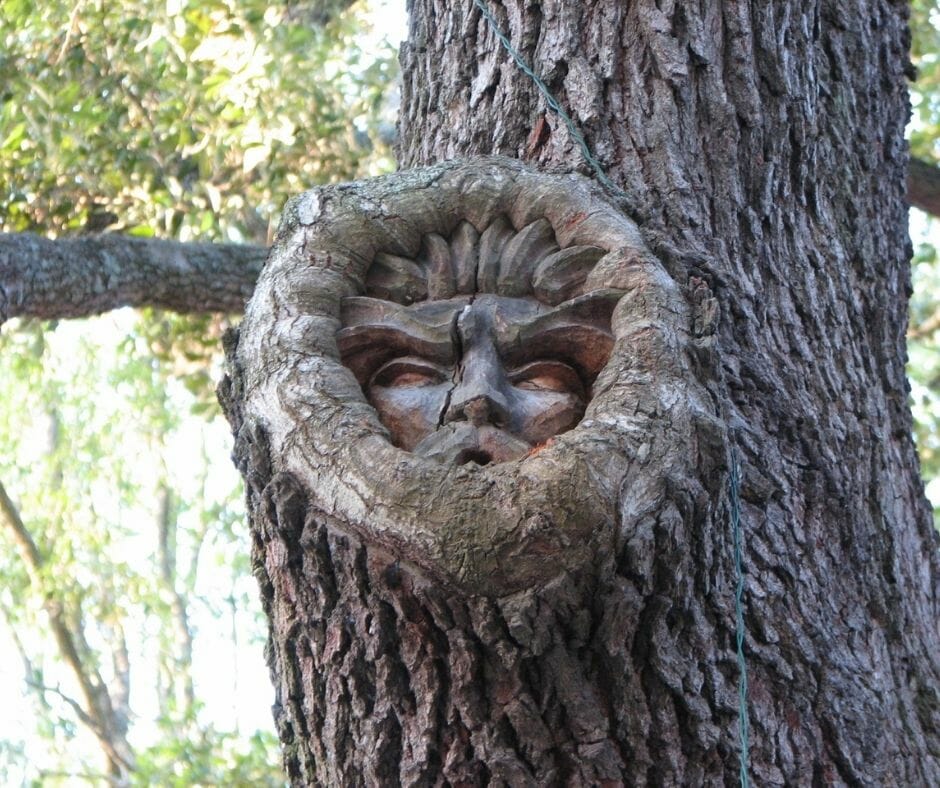
With sadness in her voice, the Kodama told Jun the story of the curse. The tree had once been home to a strong spirit that protected the village from evil. However, when the tree was harmed by human carelessness, the spirit turned against the villagers, bringing misfortunes and diseases.
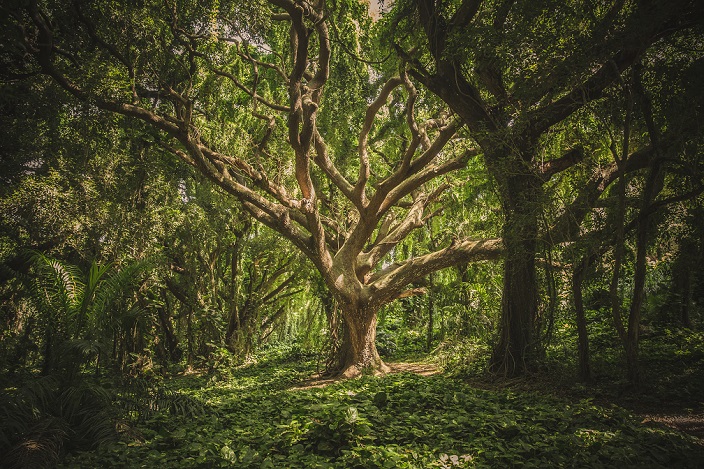
However, peace was disrupted when a group of young men from the village, unaware of the significance and power of the tree, decided to use its wood to build boats. Their actions were driven by greed and ignorance of the traditions and beliefs of their ancestors. Despite the warnings of the elders, who conveyed stories about the power of Samidare and its significance for the village's safety, the youths devastated part of the tree, tearing off thick branches and injuring the bark.
That day, when Samidare's wood was damaged for the first time in many years, a strange silence enveloped the forest.
Jun's Mission
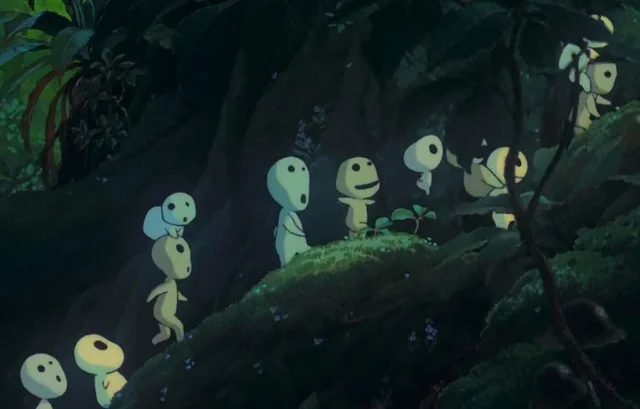
Jun spent weeks collecting the necessary ingredients, traversing dangerous paths and trying to avoid the predatory animals that guarded the forest wilderness. Each expedition was a test of his courage and determination.
The Ritual
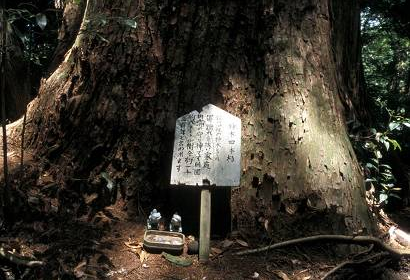
With the last spell, light illuminated the treetops, and the sinister energies that had recently possessed Samidare were dispersed. The village of Mitsune regained its peace, and Jun, now a hero and guardian of tradition, became the caretaker of the tree, passing on his knowledge to subsequent generations.
The cursed tree of Mitsune, thanks to the bravery of one young man, ceased to be a threat. This story became not only a warning but also a reminder of the strength and significance that trees and the spirits that inhabit them hold in Mitsune culture.
Kodama as Symbols of Nature Protection
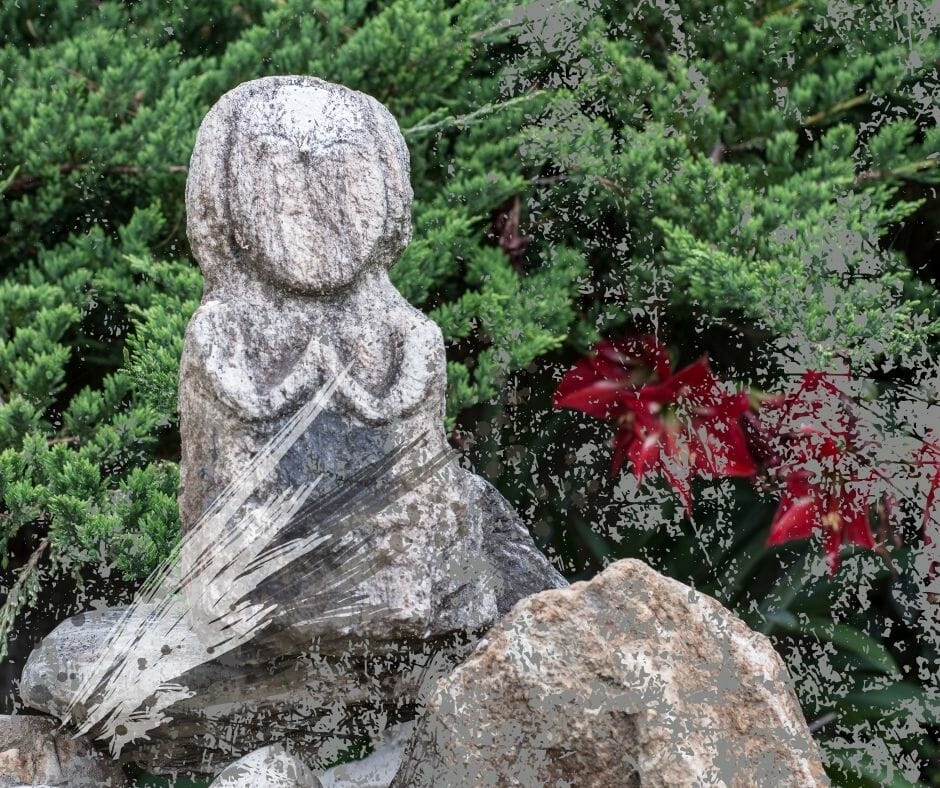
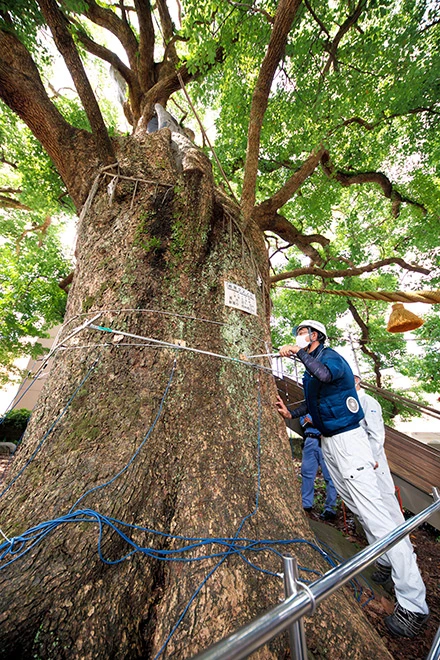
One of the newer interpretations, which is both vivid and current in pop culture, is the theme of the Kodama from Hiroshima – a tree spirit that survived despite war destruction and the atomic bomb explosion. This represents a particularly powerful image of rebirth and hope, emphasizing that nature can recover even after the greatest catastrophes if it is adequately supported and protected.
Kodama in Pop Culture
Anime
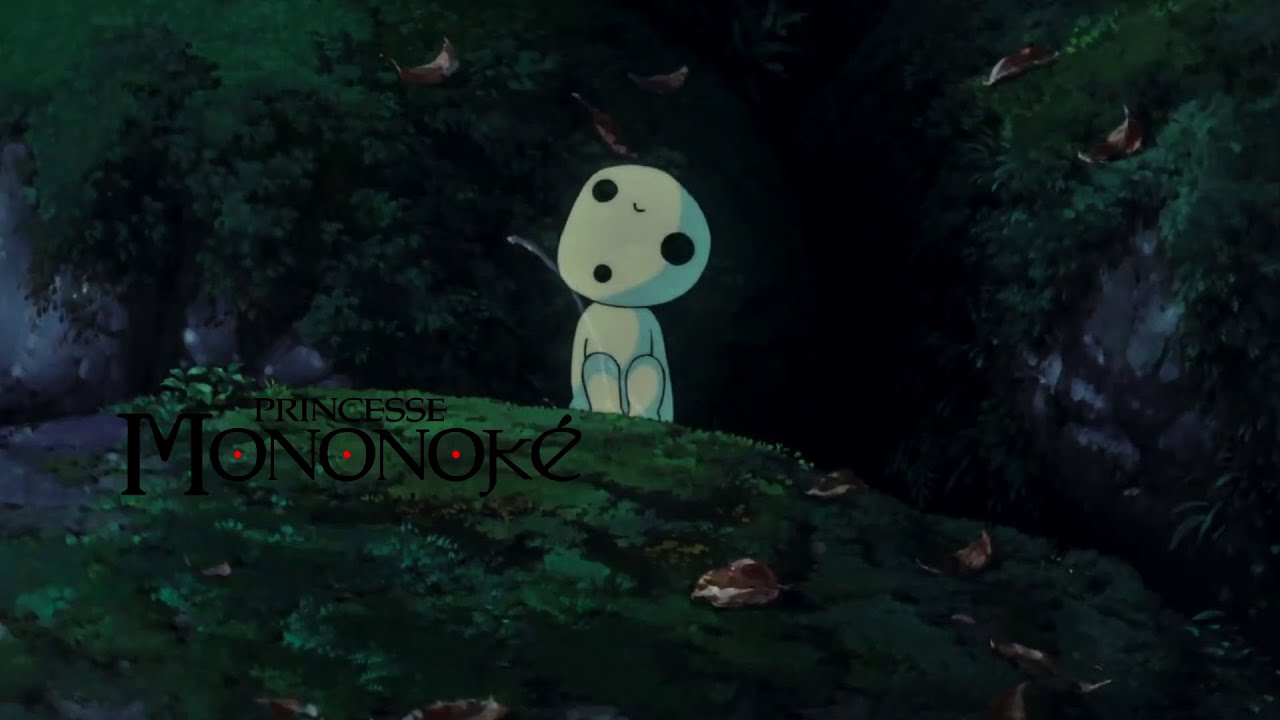
□ Natsume's Book of Friends (2008, Yuki Midorikawa) – In this anime series, Kodama appear as forest guardians who help the main character in his interactions with the spirit world.
□ Kamisama Kiss (2012, Julietta Suzuki) – In this anime, Kodama are portrayed as auxiliary spirits that support the main character in her adventures related to living in a temple.
Video Games
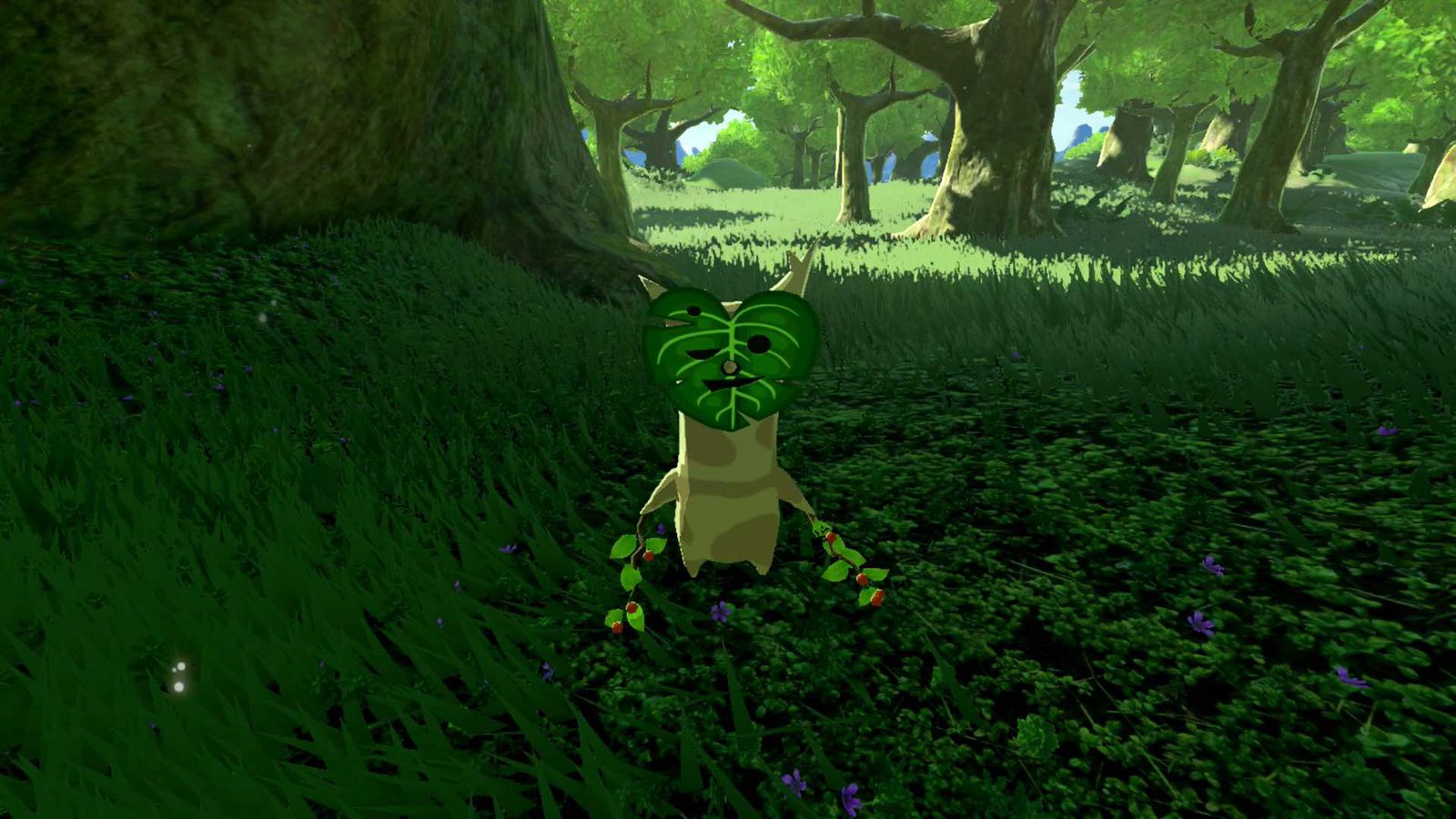
□ Stardew Valley (2016, Eric Barone) – In this game, the forest spirits called Junimo, inspired by Kodama, help players manage their farm and have similar characteristics to tree spirits.
□ Legend of Zelda (e.g., Breath of the Wild) - features beings called Koroks, inspired by Kodama. Koroks are forest spirits tasked with protecting forests and nature. They are depicted as small, wooden figures with leafy masks, reminiscent of the appearance of Kodama in Japanese mythology. Their role is to care for trees and nature, similar to Kodama, making them equivalents of these tree spirits.
Face of the Contemporary Environmental Movement


>> SEE SIMILAR ARTICLES:
Vengeful Cat Demons in Japanese Legends: The Sinister Bakeneko
Yōkai and Kami: A Bestiary of Mythological Creatures of Japan in Anime
Wild San: Who Really is Princess Mononoke?
Hyakki Yagyō – The Night When a Hundred Japanese Yōkai Demons Take to the Streets
"Strong Japanese Women"
see book by the author
of the page
未開 ソビエライ
An enthusiast of Asian culture with a deep appreciation for the diverse philosophies of the world. By education, a psychologist and philologist specializing in Korean studies. At heart, a programmer (primarily for Android) and a passionate technology enthusiast, as well as a practitioner of Zen and mono no aware. In moments of tranquility, adheres to a disciplined lifestyle, firmly believing that perseverance, continuous personal growth, and dedication to one's passions are the wisest paths in life. Author of the book "Strong Women of Japan" (>>see more)
Personal motto:
"The most powerful force in the universe is compound interest." - Albert Einstein (probably)
Mike Soray
(aka Michał Sobieraj)
未開 ソビエライ
An enthusiast of Asian culture with a deep appreciation for the diverse philosophies of the world. By education, a psychologist and philologist specializing in Korean studies. At heart, a programmer (primarily for Android) and a passionate technology enthusiast, as well as a practitioner of Zen and mono no aware. In moments of tranquility, adheres to a disciplined lifestyle, firmly believing that perseverance, continuous personal growth, and dedication to one's passions are the wisest paths in life. Author of the book "Strong Women of Japan" (>>see more)
Personal motto:
"The most powerful force in the universe is compound interest." - Albert Einstein (probably)
Mike Soray
(aka Michał Sobieraj)
Write us...
Ciechanów, Polska
dr.imyon@gmail.com
___________________
inari.smart
Would you like to share your thoughts or feedback about our website or app? Leave us a message, and we’ll get back to you quickly. We value your perspective!
 Etymology and Meaning of "Kodama"
Etymology and Meaning of "Kodama"
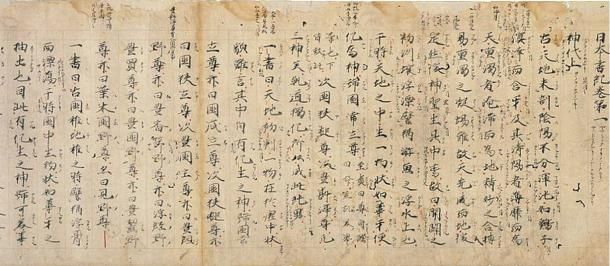 First Mentions
First Mentions

